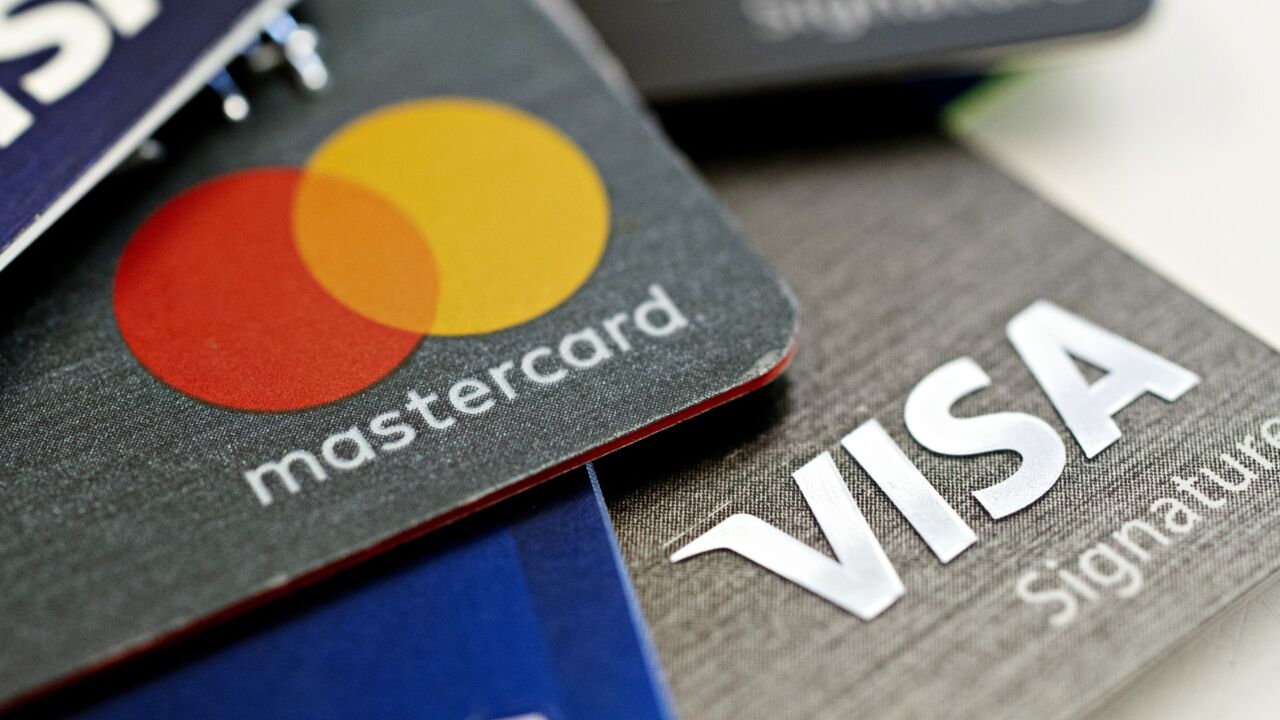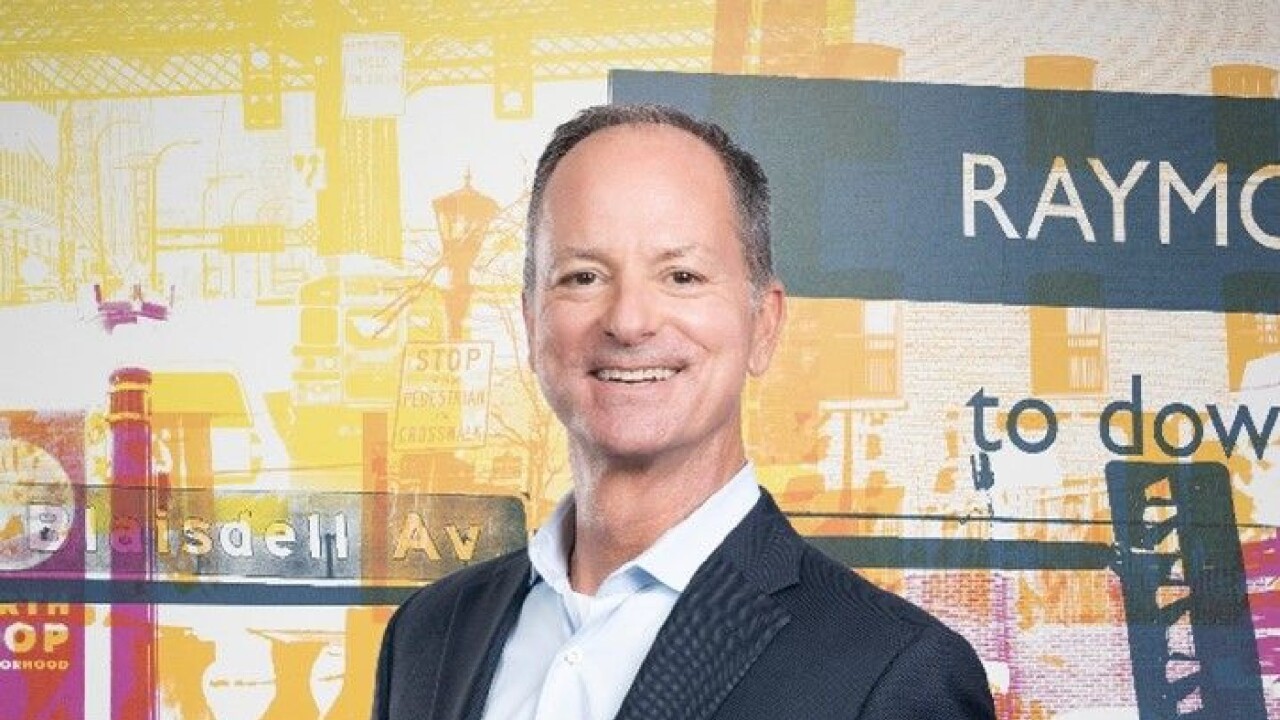XRP, the popular yet controversial token issued by the distributed ledger software company Ripple, has its first official bank endorsement: Euro Exim Bank in London.
The bank is set to announce Tuesday that it has embraced XRP and Ripple’s xRapid software as an answer to the liquidity and visibility problems that arise in sending payments across the globe.
“There’s been a lot of talk around the markets about how blockchain technology can assist in trade finance,” said Graham Bright, head of compliance and operations at the bank. “We’re interested in moving forward and creating a platform for payments for our clients who are in over 80 countries at the moment, making sure they have a smooth, frictionless way of paying local people.”
Currently, if a U.S. bank wants to send a payment to another country, it has to keep money on deposit at a nostro account at a correspondent bank in that foreign country. The funds in the account are used to settle the payment, which is directed by a message sent over the Swift network. (When a bank doesn’t have a direct relationship with a bank in another country, it uses correspondent banks as intermediaries through which the payment instruction “hops.”)

Ripple is seeking to upend this practice. Using Ripple’s xRapid software and XRP, and following guidelines set by the software firm, banks can send payments across borders without having to store money in accounts in foreign countries.
Instead, they can use XRP as a bridge across borders: They can use their own local currency (say, U.S. dollars) to buy XRP. Then they buy the currency of the foreign country with that XRP and use that to make the payment. Both parties trust the XRP ledger to cryptographically secure and record the transaction.
“When you use XRP, instead of having to pre-park all your money in foreign accounts around the world, you hold your funds locally, under your control, your stability, your creditworthiness. It’s a much better position structurally,” said Marcus Treacher, global head of strategic accounts at Ripple. “You can move funds from your local account, Brazilian reals, for example, into the target account, euros, say, in two minutes.”
Banks could keep less money locked up in offshore accounts and lower their currency volatility risk, he said.
One Ripple customer, Cuallix, is a U.S.-based payment company that sends payments to Mexico. Before it began using Ripple’s xRapid and XRP model, Cuallix had to pre-book funds in Mexican pesos and hold them there days in advance.
“With the fluctuations in value peso to dollar, that is a high-risk method,” Treacher said. Now Cuallix holds funds onshore in U.S. dollars.
Why Euro Exim Bank is all in
Euro Exim Bank became interested in Ripple when some executives were invited to the company’s Swell conference in San Francisco last October.
“We realized the type of companies there were very forward thinking in the innovation they were putting in place,” Bright said. “We saw the technology would let us easily and quickly originate payments without having bilateral relationships.”
The bank also liked the idea of receiving an audit and record of everything happening on the network.
“That visibility is so important,” Bright said.
In contrast, in an interview on Jan. 4, he noted that his bank had sent a payment instruction to another bank on Dec. 29 across the Swift network and still didn’t know where it was.
“It was lost somewhere in the quagmire of a central organization and we have no visibility on where it is,” said Bright, who worked at Swift for 20 years. All the counterparty says is, " 'We’ve not received your message.' ”
Another appealing feature is speed. Ripple says it can process 1,500 transactions per second. Swift’s network is store-and-forward, so transactions can take a day or more to execute.
In trade finance, where large amounts of goods sit at ports while buyers wait for them, being able to execute payments within a few minutes will make a big difference in some locations, Bright said. Several Euro Exim Bank clients are “almost desperate to make sure this can work,” he said.
Many of the bank’s clients need to pay for materials from foreign countries in local currencies, and foreign exchange is often a challenge. But converting XRP to naira in Nigeria, or XRP to the Malaysian ringgit is easier, he said. And this method eliminates the need to have intermediary banks, each one taking a cut and adding delay.
Euro Exim Bank plans to start using XRP in cross-border payments in the first quarter of this year. It hopes to not only be the first bank to use XRP and xRapid in cross-border payments, but to help other banks take the same path.
XRP’s legal questions
It's a bold move, given that there are legal questions around XRP. Even the question, "What is XRP?" is hard to answer.
In most initial coin offerings, a company issues tokens that act like securities (tiny pieces of the company that you can buy that grow in value as the company prospers), utility tokens (the right to use the products and services the company is building once they are completed), or digital currencies (decentralized digital assets that can be used to buy things). XRP doesn’t neatly fit any of these categories.
Ripple’s founders created 100 billion XRP in 2013 (at that time, the company was called OpenCoin). Ripple currently owns just over 60% of XRP and it releases 1 billion XRP a month for sale “to grow the team, business and ecosystem.” In December 2017, Ripple locked 55 billion XRP into a series of escrows.
Ripple would not say who else owns large chunks of XRP.
Co-founder and former CTO of Ripple Jed McCaleb originally owned 9 billion XRP. He left the company in 2013, and in 2014 announced plans to sell off all his XRP. After a legal tangle with Ripple, McCaleb reached an agreement in 2016 to give 2 billion XRP to charity and to put the rest of his 5.3 billion XRP in a custody account at Ripple. He is allowed to sell a small percentage of his holding each day.
The issue of who owns and controls Ripple and XRP matters to some.
“The Swift version of the world may be slow, but everybody’s got a stake, there’s a feeling of ownership and control,” said Lex Sokolin, global director of fintech strategy at Autonomous Research. “The issues around who owns Ripple equity and who is in Ripple’s consortium, versus who is the billionaire owning most XRP currency and why should they get to take what is essentially a capital markets rent on the financial services system are all questions. It’s quite complex and it’s not all feel-good.”
Bright, however, is not concerned about how much control Ripple has over XRP.
“In its current form, it serves the purpose of the financial community far better,” he said. “It’s not as open as a bitcoin or ethereum.”
During the past year, several XRP investors who took a hit when the price of XRP dropped in early 2018 have sued Ripple, saying that XRP is a security and the company violated state and federal law by failing to register XRP with the Securities and Exchange Commission before selling it to retail investors.
Ryan Coffey, a former Wells Fargo banker
“All 100 billion of the XRP in existence were created out of thin air by Ripple Labs at its inception in 2013,” he said in his class-action suit. “Defendants have since earned massive profits by quietly selling off this XRP to the general public, in what is essentially a never-ending initial coin offering.”
But Ripple maintains that XRP is a commodity.
“Ripple holds XRP. It’s like holding coffee, cocoa or copper,” Treacher said. “We as a company are a very separate animal to the XRP digital asset. That’s the crux of why it’s a commodity, it’s an asset class. It’s not a security.”
To Sokolin, XRP is “just the phantom imagination of a lot of people on the internet.” However, he’s not concerned about the lawsuits against XRP; he reasons that with any investment there's bound to be a portion of people who will sue.
Bright at Euro Exim Bank considers XRP a digital currency that should be regulated by central banks.
“Regulation is welcome to bring it to the fore and to make sure it can be transacted like a regular currency,” he said.
The lawsuits have also pointed to statements made by Ripple company officers, including Garlinghouse, that have conflated XRP with its software and caused XRP to rise in price. They say Ripple’s primary source of revenue is the periodic sale of XRP to investors, that the price of XRP is directly tied to Ripple’s business and operations and that Ripple controls the supply of XRP and the ledger on which it is based.
To some, this appears antithetical to the idea of a decentralized currency and the underlying democratic concept of blockchain technology, which is supposed to be open to all and controlled by none.
But Asheesh Birla, senior vice president of product (he oversees all of Ripple’s enterprise software products: xCurrent, xRapid and xVia), counters that the XRP ledger is open and decentralized. It uses a consensus mechanism in which 150 “validator nodes” work together to validate new ledger entries every two to three seconds. (Bitcoin and ethereum use mining to confirm ledger updates.)
According to Birla, Ripple operates seven of the validator nodes and doesn’t know who runs the other 143.
“Anyone can run a validator,” Birla said. “Some of the exchanges that list XRP run a validator. A lot of our customers have expressed interest in running an XRP validator.” Validators also govern the road map for the XRP ledger, he said.
Ripple has consolidated all the existing XRP investor lawsuits, which were filed in Ripple’s home state of California, into one case to be tried in a federal court. Ripple also hired former SEC Chairman Mary Jo White and former SEC official Andrew Ceresney to represent it in these suits.
Ripple's trajectory
One question that will direct Ripple's future is whether or not banks have an incentive to lower the costs of cross-border payments.
“Getting the international money movement pricing as close to zero as possible is just going to collapse the revenue of the banks in that business line,” Sokolin said.
But there’s also the question of how quickly Ripple can build a network effect that could rival Swift’s. Ripple has had recent growth spurts.
Last January, it forged a partnership with MoneyGram through which the payment company will test the use of XRP and xRapid. In October, Ripple made xRapid commercially available and announced that MercuryFX, Cuallix and Catalyst Corporate Credit Union had signed up for it; in December, two Kuwait banks also signed on. Also in October, a group of Japanese banks launched a domestic payment app using Ripple. Several exchanges began accepting XRP during the course of the year.
Ripple now has more than 200 banks, startups and payment companies in the U.S., Brazil, Europe, the Middle East, North Africa and the Far East in its RippleNet user network, most using xCurrent software to make cross-border payments.
The future of XRP may be uncertain, but Ripple’s software is riding a tide of popularity, at least outside the U.S., that is easy to see.
Editor at large Penny Crosman welcomes feedback at





